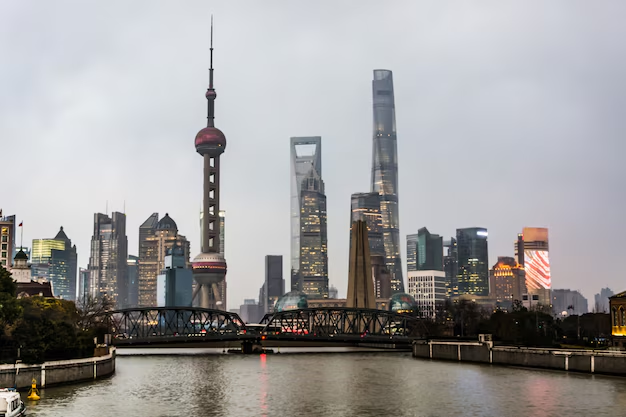Vietnam is embarking on an ambitious plan to build a North-South high-speed railway that will span 1,541 kilometers, running from Hanoi in the north to Ho Chi Minh City in the south. This massive infrastructure project, estimated to cost $67.34 billion, will be fully funded by the Vietnamese government without relying on foreign loans. Deputy Minister of Transport Nguyen Dan Huy officially announced the plan, emphasizing that it will be one of the most transformative undertakings in the country’s history, set to significantly enhance transportation efficiency and economic development.
The high-speed railway will feature trains capable of reaching speeds of 350 km/h, providing a much-needed improvement in travel time between Vietnam’s two largest cities. Currently, travel between Hanoi and Ho Chi Minh City by train can take up to 30 hours, but with the new high-speed system, this time could be reduced to just under six hours. This development will not only benefit passengers but also have a profound impact on logistics and freight movement, fostering economic growth and regional connectivity across the country.
Vietnam’s decision to finance the project entirely through medium-term public investments signals the government’s confidence in its economic stability and future growth potential. The funding will be spread out over several years, with approximately $5.6 billion allocated annually up to 2035. This long-term financial commitment reflects the government’s strategic approach to developing large-scale infrastructure projects that aim to boost Vietnam’s competitiveness on the global stage.
Construction of the high-speed railway is expected to commence in 2028, with completion targeted for 2035. Along the route, five depots will be built to service passenger trains, ensuring the smooth operation and maintenance of the rail network. In addition, four depots will be dedicated to freight trains, highlighting the dual focus on both passenger and cargo transport. The inclusion of freight services is a crucial aspect of the project, as it will enhance Vietnam’s ability to transport goods efficiently across the country, supporting its growing industrial and export sectors.
In a move that could further expand the railway’s influence, there are also plans to potentially connect Vietnam’s high-speed rail network with China’s. The proposed connection would involve the construction of two high-speed railway branches in northern Vietnam, linking Hanoi to China’s extensive rail system. If realized, this would allow Chinese high-speed trains to operate within Vietnam’s territory, enhancing cross-border trade and tourism. This linkage would be a strategic step toward integrating Vietnam more deeply into regional supply chains and bolstering its economic ties with China.
The high-speed rail project is expected to generate significant employment opportunities, both during construction and once operational. Thousands of jobs will be created in construction, engineering, and related industries, providing a boost to the local economy. Furthermore, the railway’s long-term operation will require a skilled workforce to maintain and manage the sophisticated system, contributing to the development of Vietnam’s human capital in the transportation and logistics sectors.
Environmental sustainability is also a key consideration in the development of the high-speed railway. The project will aim to reduce greenhouse gas emissions by offering a more efficient and environmentally friendly alternative to air and road travel. High-speed trains, powered by electricity, produce significantly lower emissions compared to airplanes and traditional diesel-powered trains. This aligns with Vietnam’s broader commitment to reducing its carbon footprint and transitioning toward more sustainable forms of transport.
Moreover, the new railway will promote regional economic development by improving access to less developed areas along the route. Small and medium-sized cities situated between Hanoi and Ho Chi Minh City stand to benefit from increased connectivity, attracting investment and fostering the growth of local industries. By facilitating easier movement of people and goods, the railway could help reduce regional disparities and support Vietnam’s goal of achieving more balanced economic development.
In terms of long-term economic impact, the high-speed railway is poised to become a cornerstone of Vietnam’s infrastructure, contributing to GDP growth and enhancing the country’s competitiveness in Southeast Asia. The project is expected to stimulate tourism by making it easier for international and domestic travelers to visit key destinations across Vietnam. It will also make the country more attractive to foreign investors, who view reliable and modern transportation infrastructure as a critical factor in their investment decisions.
Overall, Vietnam’s North-South high-speed railway represents a bold vision for the future of the country’s transportation network. By investing in this transformative project, the government is not only improving connectivity between its major cities but also laying the groundwork for sustained economic growth, regional development, and environmental sustainability. If successfully executed, the railway could position Vietnam as a leader in high-speed rail within Southeast Asia and significantly enhance its role in the global economy.
The post Vietnam Unveils Its Visionary $67 Billion North-South High-Speed Railway, Pioneering A New Age Of High-Speed Connectivity appeared first on Travel And Tour World.




Comment (0)